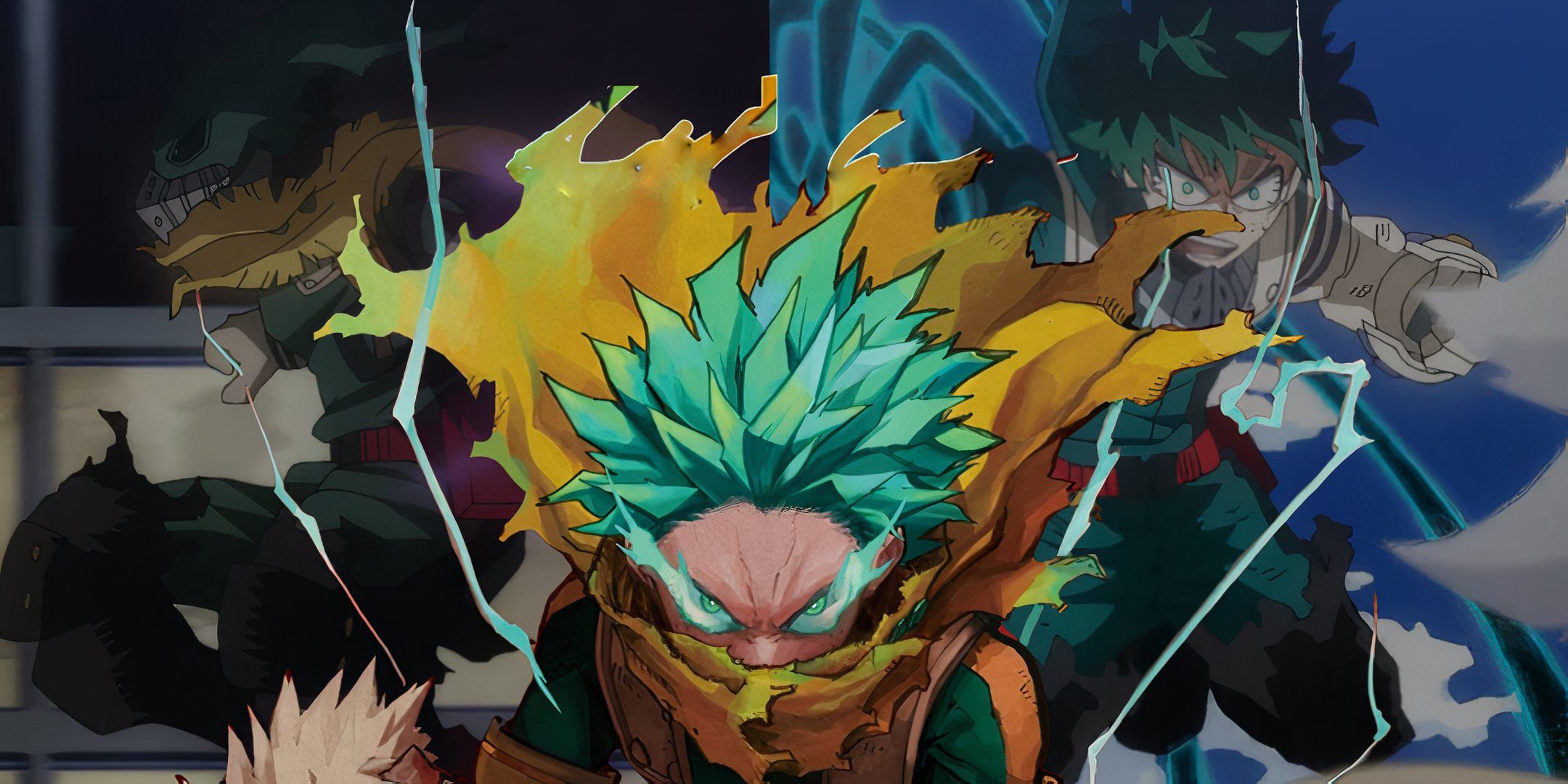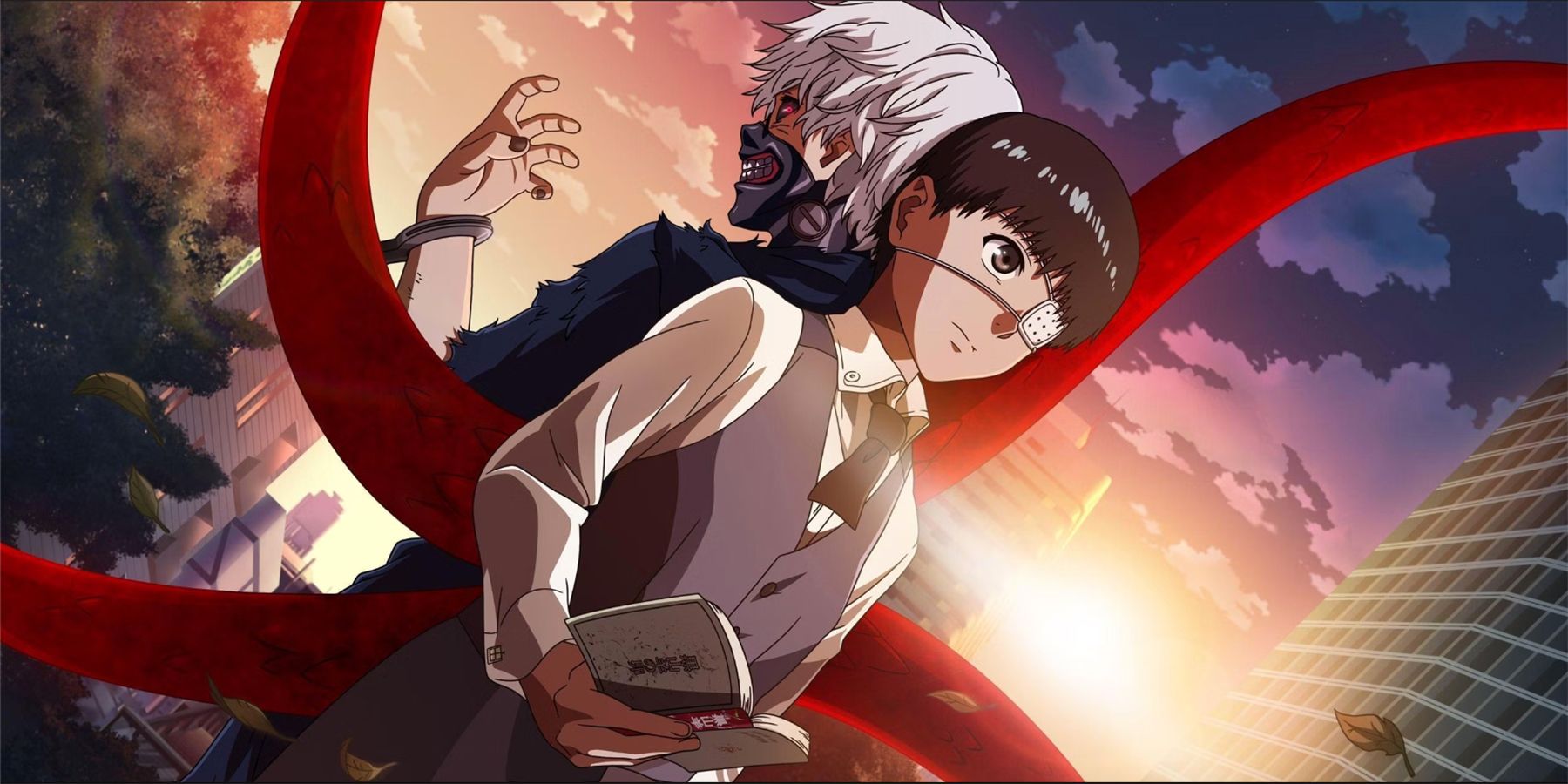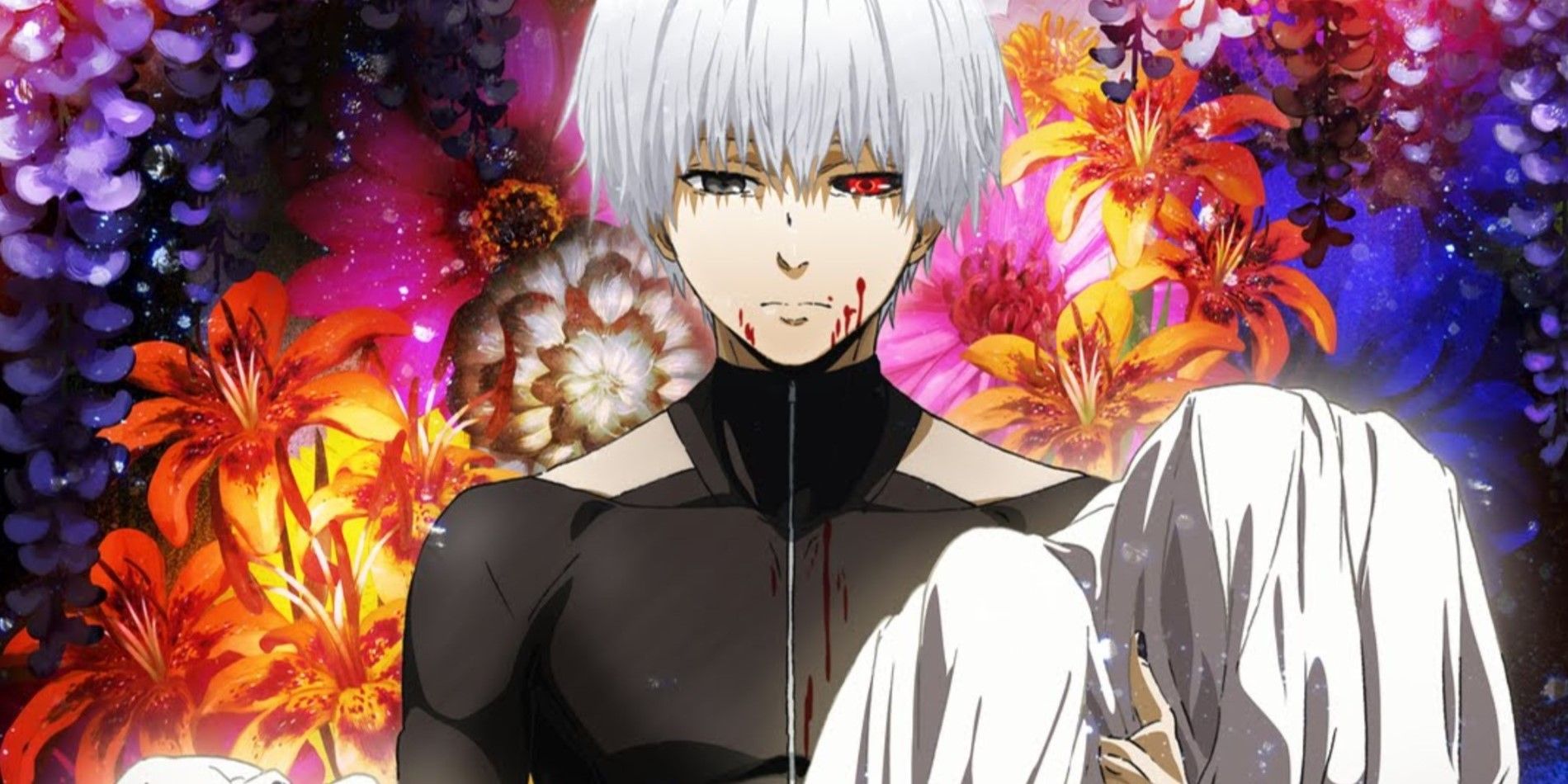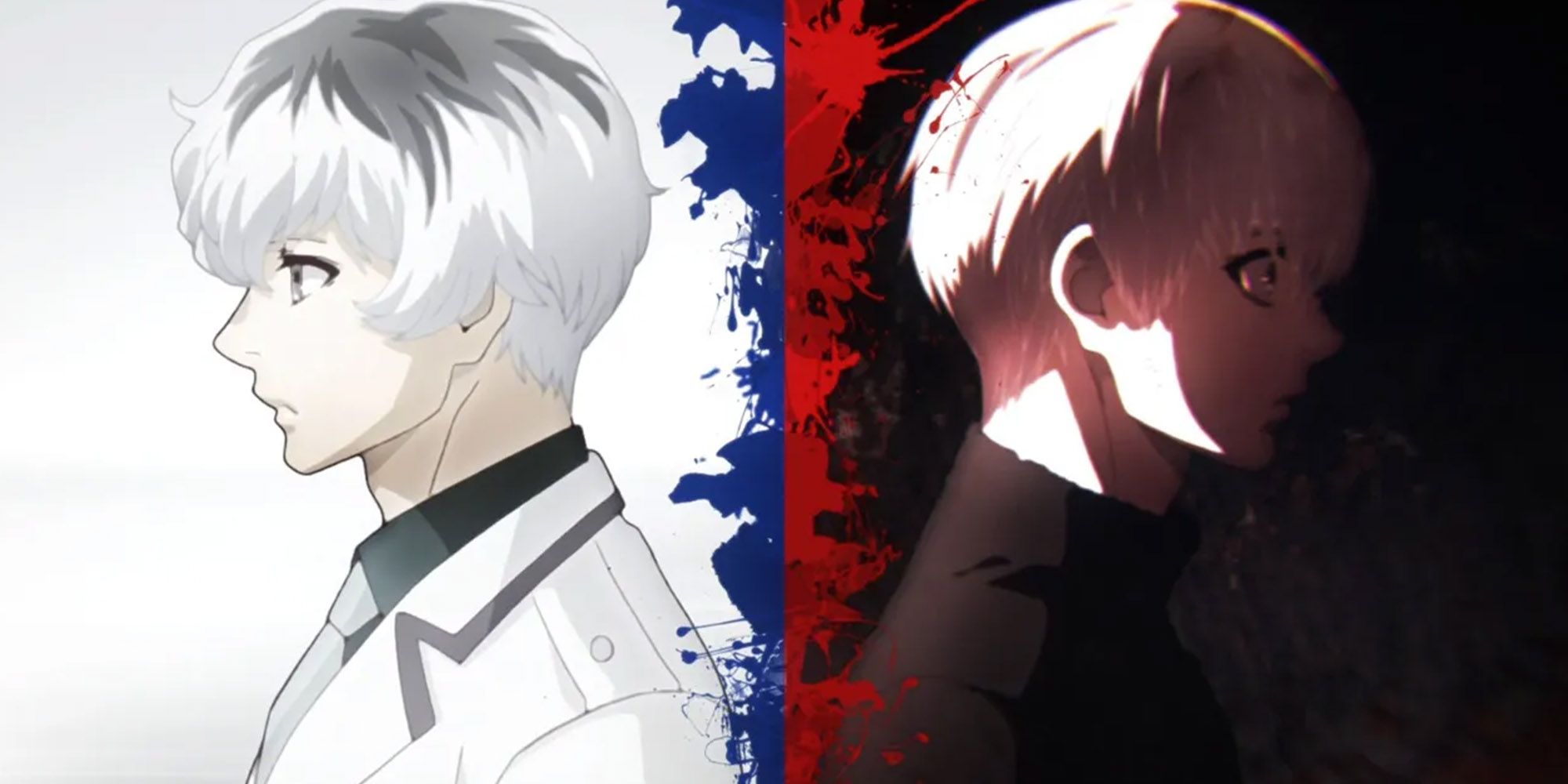Highlights
- Debut season of Tokyo Ghoul was a hit, capturing the essence of the manga with impressive animation and iconic opening song "Unravel."
- Tokyo Ghoul:re suffered from pacing issues and continuity problems, failing to explain differences from previous seasons and manga.
- Anime adaptation failed to capture the raw, visceral tone of the manga, resulting in a lackluster portrayal of Kaneki's descent into madness.
Nearly a decade after it first aired, Pierrot's anime adaptation of Tokyo Ghoul has gone down in history as an example of how wasted potential, can diminish the reputation of a series' source material. With Sui Ishida's original manga having sold over 45 million copies, the series is one of the most commercially successful franchises in the medium, which makes the problems with its anime all the more puzzling. Although the first season of Tokyo Ghoul garnered immense popularity, subsequent entries did not fare as well.
This was due to a number of reasons ranging from rushed pacing to poor character development, which became huge problems when Pierrot adapted the manga's sequel, Tokyo Ghoul:re. Currently, there have been consistent calls for the series to get the Fullmetal Alchemist: Brotherhood treatment, but before any such project sees the light of day, it is worth examining what went wrong with Pierrot'sTokyo Ghoul anime.
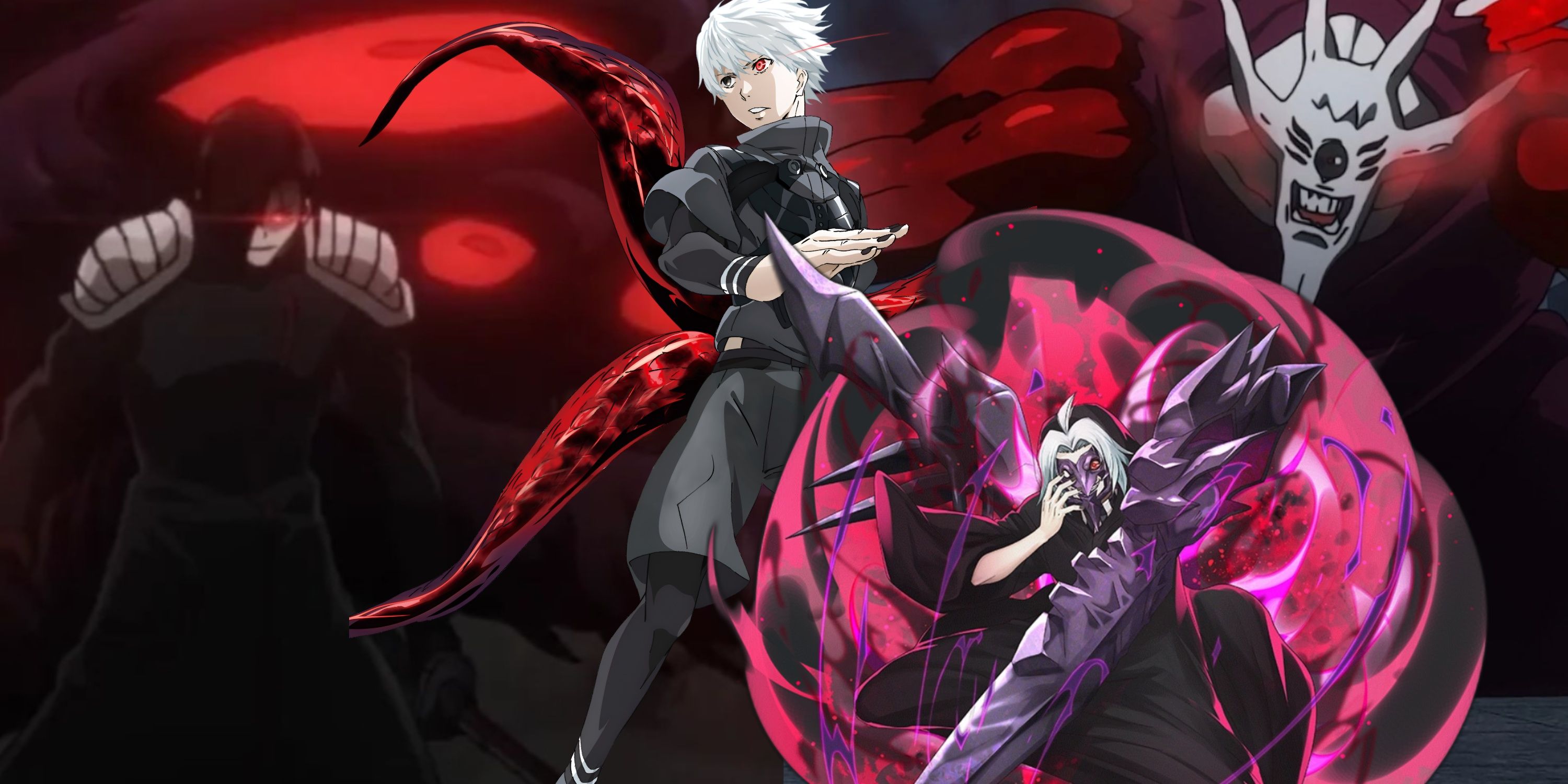
Tokyo Ghoul: 10 Strongest Ghouls In The Manga, Ranked
Ghouls inspire fear among humans with their augmented physical abilities and their predatory organs, but some are more powerful than others.
A Hugely Successful First Season
Having premiered in 2014, the debut season of Tokyo Ghoul was a flawed yet fairly enjoyable retelling of the first few story arcs from the manga, right until the 11th Ward Battle with Aogiri Tree. While the pacing was already quite rapid — covering close to 67 chapters in 12 episodes — it managed to cover the vast majority of important story beats, save for some of the finer details about the series' power system, such as the intricacies of kagune Rc types and quinqes.
Beginning with Ken Kaneki's fateful meeting with Rize Kamishiro and the accident that led to his transformation into a one-eyed ghoul, Tokyo Ghoul Season 1 was a reasonably adequate take on Sui Ishida's manga. The anime also did a decent job of making some of the fights more legible and easy to follow, while retaining some of the dynamism and unhinged energy of Ishida's manga panels.
Needless to say, the effort invested by the studio and director Shuhei Morita into this anime was very evident, given how good the animation was for its time. In addition, Season 1's opening "Unravel," performed by TK from Ling Tosite Sigure, played a huge role in popularizing the series at the time of its release, and its place among the most iconic anime openings in history is unquestionable, nearly 10 years later.
Together, all this cumulatively contributed to Tokyo Ghoul becoming one of the summer 2014 anime season's breakout hits, sparking interest in a sequel. Naturally, this was also a feasible prospect since the first manga series had just wrapped up, providing more than enough material to adapt.
The Underwhelming Sequel That Was Tokyo Ghoul√A
Following the resounding success of the first season, the series returned with Tokyo Ghoul √A in 2015, which picked up where things had left off during the battle against Aogiri Tree. Interestingly, Pierrot opted out of a direct adaptation of the manga, and instead took some elements of the main plot and combined them with an original narrative that was apparently penned by Sui Ishida himself.
Originally, the Post-Aogiri segment of the Tokyo Ghoul manga revealed a lot about the finer details of quinques as well as Akihirou Kanou's past and motivations, through Kaneki's journey alongside his new group of allies. However, the anime's narrative saw Kaneki join Aogiri Tree and mount offensives against the CCG, eventually leading into the Owl Suppression Operation, which is the final arc of the manga.
Besides cutting out important reveals such as Koutarou Amon's Arata armor, and Kaneki's relationships with Banjou, Tsukiyama, and Hinami, Tokyo Ghoul √A also removed the all-important battle between Kaneki and Arima, along with the details of Hide's sacrifice. Each of these plot threads would have a huge impact on the second half of the series, and their omission diminished certain moments throughout Tokyo Ghoul:re. Lastly, while the animation was far from poor, it did exhibit some signs of a drop in quality.
Pacing And Continuity Issues In Tokyo Ghoul:re
Once Tokyo Ghoul:re began airing in April 2018, the anticipation surrounding this adaptation of the manga's continuation was high. Sadly, the series' anime-only fan base was in for a rude awakening, since Pierrot chose to cover the manga's story line, without any real effort to explain the differences between Tokyo Ghoul √A and the Tokyo Ghoul manga's second half.
Even though both ended in roughly the same manner, the continuity issues regarding various characters, their relationships, and allegiances, made the initial arcs a bit hard to follow for those who were not too well-versed with the manga. The Tokyo Ghoul:re anime also displayed a noticeable decline in animation quality for a number of important battles, which did not do it any favors.
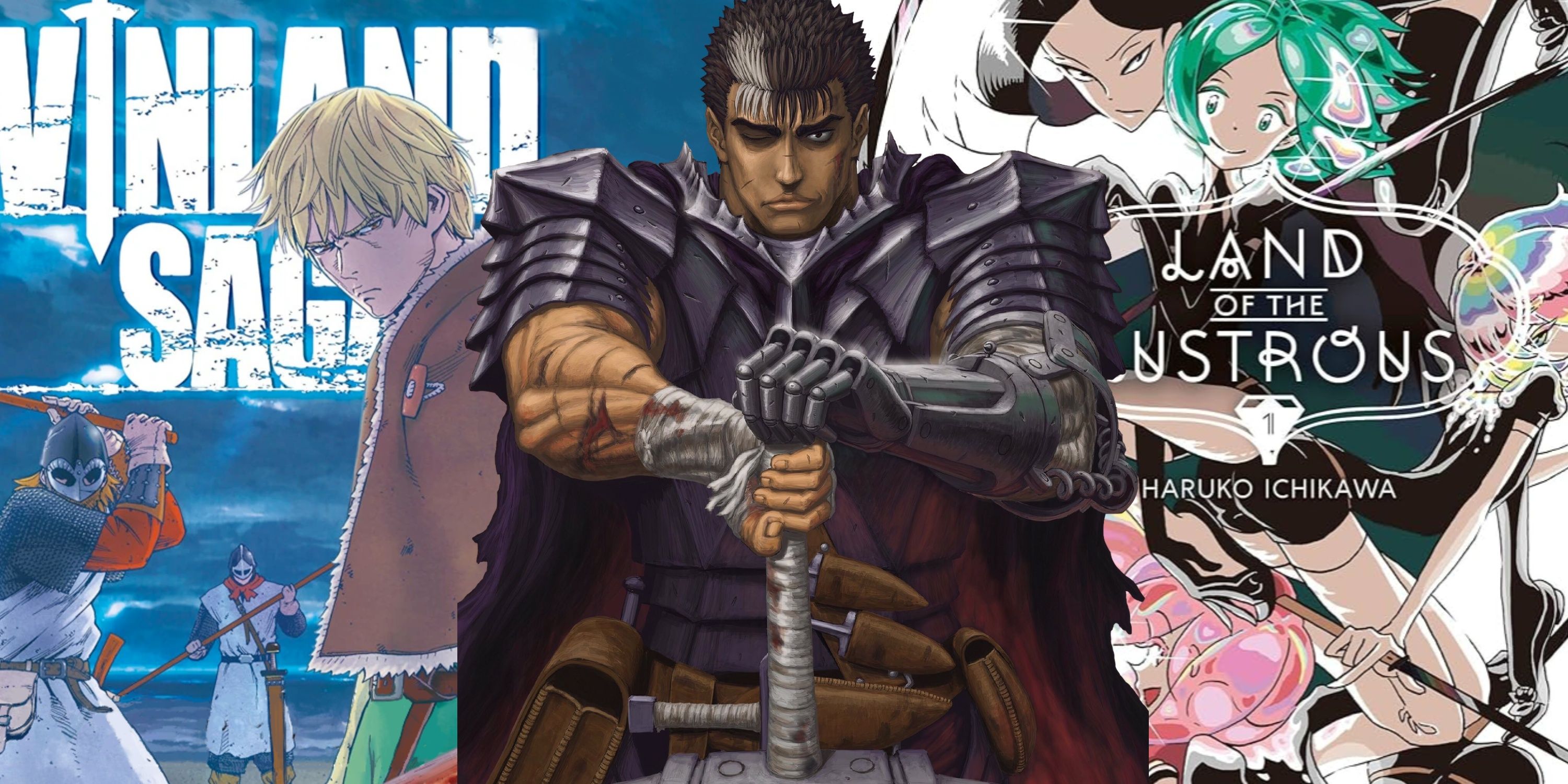
5 Seinen Manga To Catch Up On Before They End
For those seeking titles that deal with more mature content, here are some of the best seinen manga series to binge before their stories end.
Repeating the same mistakes once again, this adaptation also attempted to cram 179 chapters worth of content into 24 episodes, which was a mammoth task, to say the least. Obviously, this led to even more pacing issues, where there was little time to flesh out the series' major developments, leading to fights and interactions which only touched the surface of what the manga had portrayed.
As many would attest, the final arc of the Tokyo Ghoul:remanga was not without its fair share of faults, so the production team for the anime faced an uphill battle from the outset in committing this to screen. Despite this, the final battle was even more rushed and anticlimactic than the source material it drew from, with an epilogue that was blazed through at an even more accelerated pace. While these were not new issues, there was one glaring problem in every season of the anime which was never addressed: its tone.
Pierrot's Failure To Capture The Manga's Visceral Tone
The best instance of this divergence in the tone of the anime and the manga can be observed in the Aogiri Tree Arc/ 11th Ward Battle Arc in Season 1. Here, the nuance behind Kaneki's descent into madness was lacking for several reasons, due to both censorship and the removal of important character moments. Although it was normal for Kaneki's torture scenes to be toned down in the anime, this change took away from a core aspect of the Tokyo Ghoul manga — its raw, unhinged, and visceral feel.
Instead of the truly horrifying panel which saw Kaneki gouging his own face apart as he accepted his new identity as a ghoul after enduring sickening amounts of torture, the anime opted for a more generic, power-up style sequence. On one hand, the manga portrayed Kaneki's hair turning white gradually from intense stress — something that would reoccur at several points in the manga — but the anime chose to make this change happen almost instantly. What this yielded was an edgy, battle shonen-style action scene, which came to define the anime's aesthetic, stripping it of all its grim and grungy intensity.
Sui Ishida's art and paneling played a huge role in conveying Kaneki's mental instability throughout the series, as it manifested in different instances due to the immense suffering he endured. His drawings radiated a frenzied, manic energy, with panels that broke down alongside the collapsing psyches of the main cast, as they confronted the unfathomable terrors of the world they lived in. Unfortunately, the anime could not recapture this effectively, which contributed heavily to its failure as an adaptation.
Why Tokyo Ghoul Deserves A Proper Adaptation
As one of the highest-selling seinen manga of the last decade, Tokyo Ghoul was a story that impacted many lives and helped push the global popularity of the medium. While the anime did not encapsulate the best of what the manga had to offer, it also played a huge role in the franchise's overall success. This predominantly came from spurring interest in the manga, which many viewers might have turned to after the end of the first season.
Moreover, Tokyo Ghoul is a rare story that succeeds in being edgy without diving into the realm of campy power fantasy. Sui Ishida's character development, exploration of complex perspectives on morality, use of biopunk world building elements, and the visceral artwork employed to depict them, displayed monumental levels of improvement throughout the series, chronicling his growth as a manga artist and storyteller. Quite a few of his panels from the manga are nothing short of iconic even today, which speaks volumes of the influence and legacy this story holds.
Since Pierrot's anime adaptation came to an end in 2018, there have been many calls for a better retelling of the manga in the medium of anime. Looking at some of the manga's flaws, such as its extensive cast, chaotic fights, and constant juxtaposition of parallel narratives, such an adaptation would be ideal, but this seems a far-fetched idea at present. With the 10-year anniversary of the Tokyo Ghoul anime taking place this year, quite a few of the franchise's fans have been waiting with bated breath for news about a new anime release in this franchise, but regrettably, Tokyo Ghoul seems doomed to languish with the anime retelling it already has for now.
Tokyo Ghoul is available to stream on Crunchyroll.
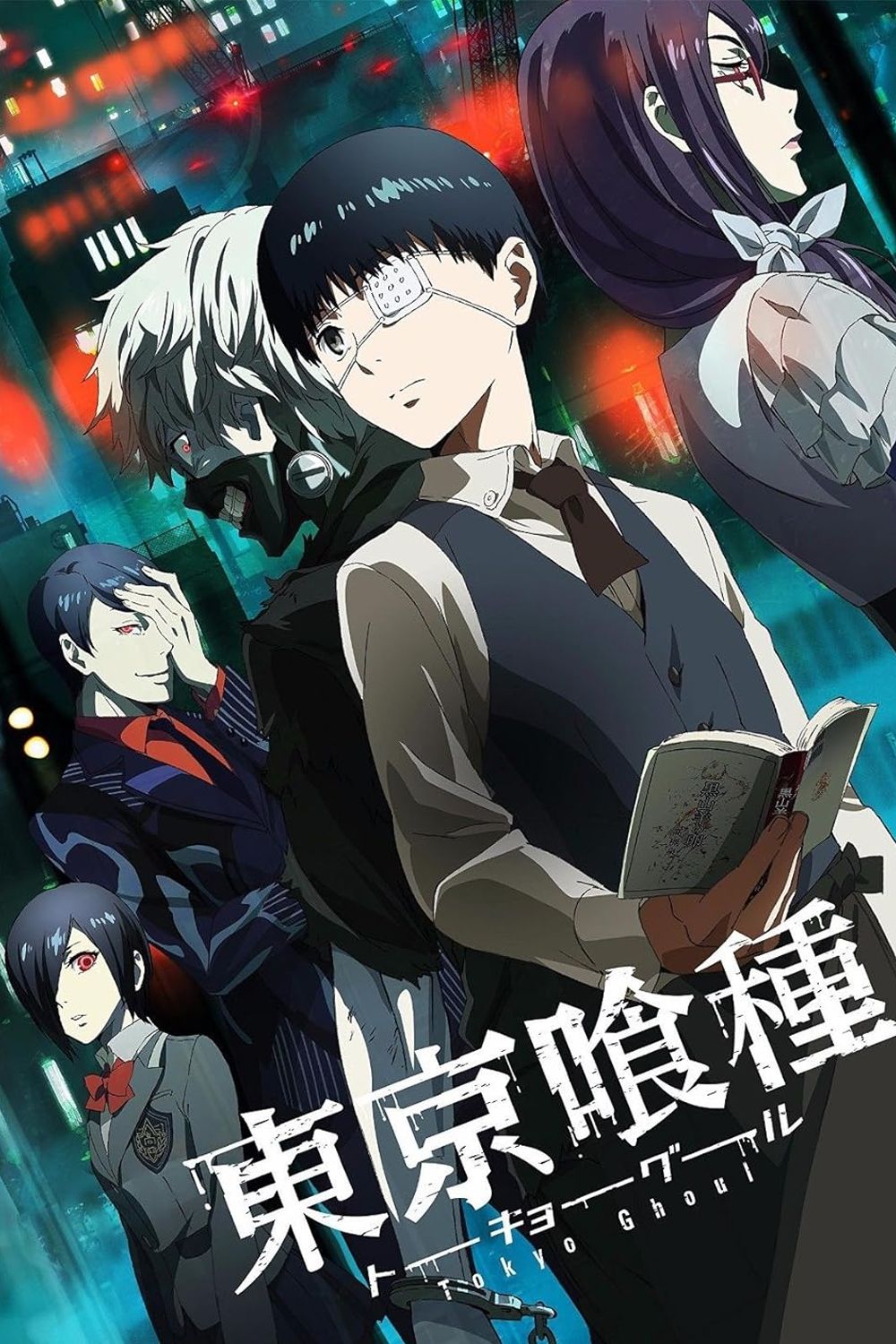
Tokyo Ghoul
- Release Date
- July 4, 2014
- Studio
- Pierrot
- Creator
- Sui Ishida
- Number of Episodes
- 24
- Streaming Service(s)
- Crunchyroll , Hulu

